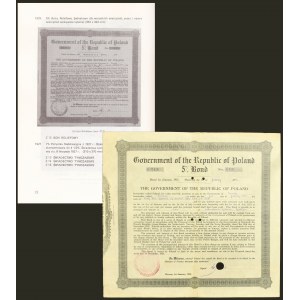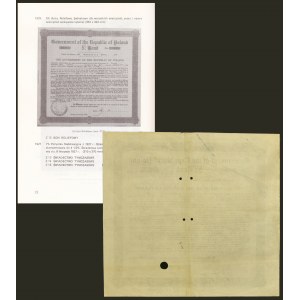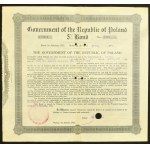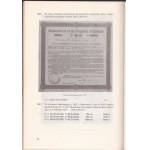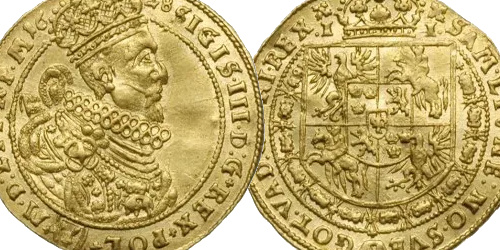5%Government of the Republic of Poland 5% Bond
Date of issue 1.01.1925
In the literature, papers of this type are referred to as "relief bonds". The name is conventional and refers to the purpose of issuing these documents, namely to provide assistance to newly created countries or those in need of support after World War I.
The relief debts were consolidated at the London Conference (the London Conference on this subject took place twice - the first time in December 1924, then in March 1935). The terms of payment of these debts between the government of the Republic of Poland and the governments of Great Britain, Denmark, the Netherlands, Norway, Sweden and Switzerland were originally established by the so-called "Proposal" of December 10, 1924. bonds (relief bills) were issued on the basis of this document.
The bond that is the subject of this auction is part of the debt owed to Denmark. The total debt to the Danish government was 345,075 kroner. A total of 16 bonds (numbered 213 to 224 and 224A, 224B, 224C and 224D) were issued for Denmark.
The present document with number 224 for the amount of 23,650 kroner.
Document with original handwritten signature of Wladyslaw Grabski.
Printed by the English printing house Waterlow & Sons Ltd.
This document is illustrated in Jan Moczydlowski's Catalog on page 72.
Apart from this document, only one other relief voucher of this kind is known, issued for Great Britain.
Highly recommended!

format_quote. Government Bonds of the Republic of Poland issued on January 1, 1925, known in the literature as relief bills, are a type of debentures of the Second Republic. They were not the classic bonds, issued in hundreds or thousands, in general circulation. It was a targeted issue, a dozen bonds were issued for each of the 6 countries supporting the Polish state reborn after more than a century of partition (Great Britain, Denmark, Norway, the Netherlands, Sweden and Switzerland). Extremely interesting and adding value is the fact that this document was hand-signed by the author of the currency reform introducing the zloty, the then Treasury Minister Władysław Grabski. Securities hand-signed by Grabski (we are not talking about a printed facsimile here) are very few and all of them are extremely rare (e.g., Treasury Obligations of 1924 or the unique Treasury Bond of June 4, 1920 for the sum of 100,000 French francs )format_quote
